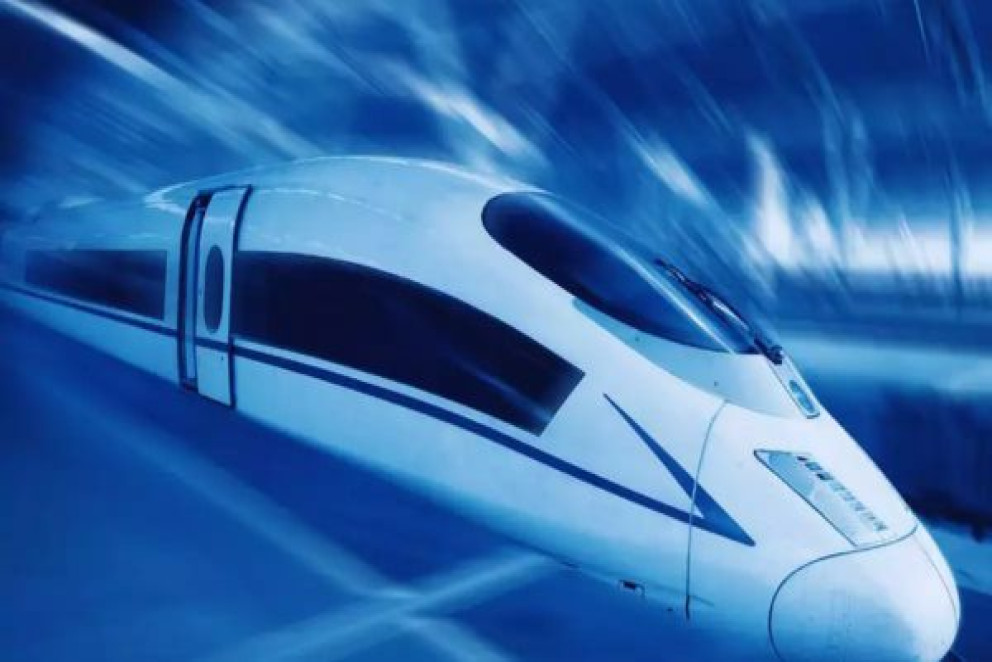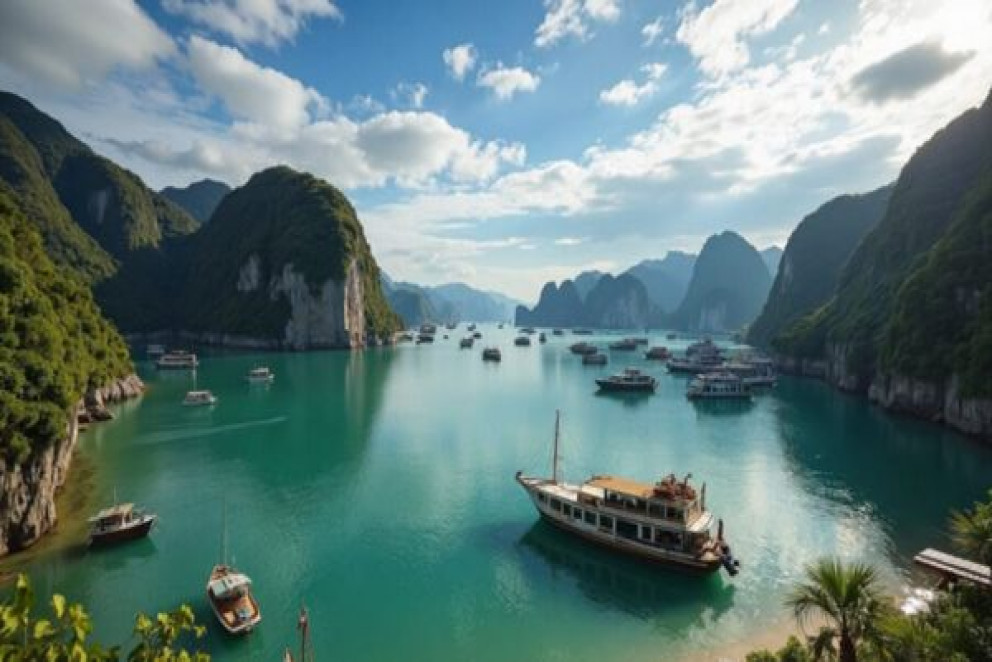Blog Details

Underwater Bullet Train Tunnel Project in India: 10 facts that will leave you impressed
India is all set to leave a mark on the global engineering world with the construction of a 21 km underwater tunnel under the Arabian Sea for its first-ever bullet train service on the Mumbai-Ahmedabad route. This ambitious project is part of the Mumbai-Ahmedabad High-Speed Rail Corridor, a futuristic infrastructure initiative designed to change travel between two of India’s major cities.Let’s have a look at 10 interesting facts about this upcoming project that will leave you shocked:
India’s first: India is set to build its first-ever underwater tunnel for a bullet train, a key part of the Mumbai-Ahmedabad High-Speed Rail Corridor.
Impressive length: The tunnel will stretch 21 kilometers under the Arabian Sea, including a significant 7 kilometers beneath the Thane Creek, an ecologically sensitive intertidal zone.
Deep dive: Construction will take place at depths ranging from 25 to 65 meters below the sea’s surface, navigating complex geological conditions.
Huge machines: Unlike metro tunnels, which use smaller TBMs with cutter heads of 5-6 meters, this project requires massive Tunnel Boring Machines (TBMs) with 13.1-meter cutter heads.
Dual approach: To excavate the tunnel, three TBMs will dig through 16 kilometers, while the remaining 5 kilometers will use the New Austrian Tunnelling Method (NATM).
Travel time: Once completed, the tunnel will allow the bullet train to reach speeds of up to 320 kilometers per hour, revolutionizing travel between Mumbai and Ahmedabad.
Innovative design: The tunnel will feature a single tube with two tracks, facilitating bi-directional travel for the bullet train.
Strategic locations: Major construction will occur at three sites: Ghansoli, Shilphata, and Vikhroli. The first TBM will start excavation in Ghansoli, heading towards Thane Creek.
Environmental protection: Building the tunnel underwater helps preserve the Flamingo Sanctuary and Mangrove Forest in Thane Creek, and also circumvents the challenges of land acquisition in densely populated Mumbai.
Prior experience: India has previously constructed underwater tunnels, such as the Kolkata Metro tunnel beneath the Hooghly River and Mumbai’s underwater metro tunnel on Line 3 beneath the Mithi River.
This ambitious project underscores India’s growing engineering prowess and commitment to advancing high-speed rail infrastructure while balancing environmental and logistical considerations.
Source: Times Of India



